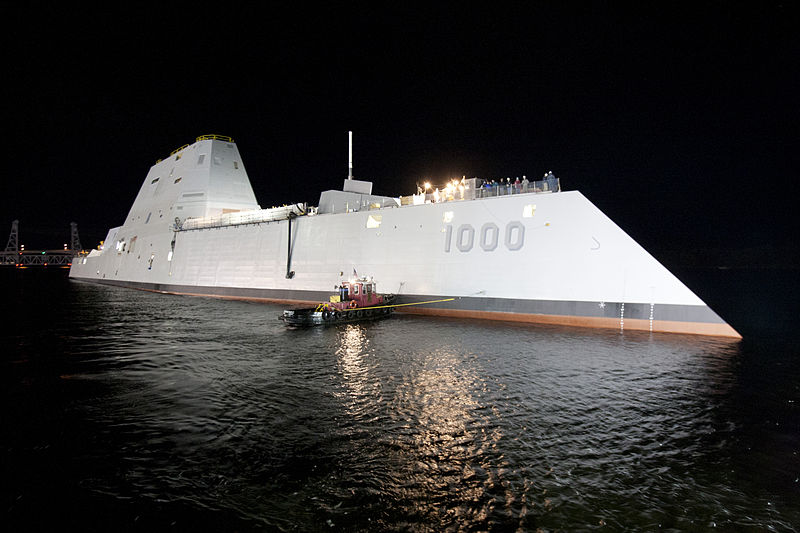Patrick Basham on the nanny staters’ need to nag us about our food choices, even though most of their efforts are counter-productive:
Calorie counts on menus and menu boards are the food police’s unsubtle attempt to educate us into making ‘better’ choices. Most of us neither need nor appreciate this bureaucratic nudge.
In America, such mandates are included in the Affordable Care Act (‘Obamacare’) that kicked in this year. So, national restaurant chains are now required to disclose calorie counts in their menus. And three years ago in the UK, then-health secretary Andrew Lansley asked restaurants to ‘voluntarily’ label food with calorie counts.
Proponents of this policy believe that consumers are generally uninformed about their restaurant meals, especially the calorie counts. Therefore, providing consumers with this information will make a substantial difference to both what, and how much, people eat and, consequently, enable them to lose weight.
These assumptions are wrong. The scientific evidence strongly suggests that calorie counts are ineffective and potentially counter-productive for certain consumers. In fact, the vast majority of this evidence was available long (and in some cases, decades) before these regulations were rolled out.
Calorie counts do not produce the behavioural changes that their proponents envision. For example, over a decade of nutritional labelling, including calorie content, of processed food has failed to have any significant impact on obesity levels. Furthermore, studies have found that providing nutritional labelling brings about no net nutritional gains because consumers have a defined ‘nutrient budget’. This means that consumers tend to reward themselves for calorie or fat deprivation, for example, by increasing their calorie or fat content with another dish at the same meal or at a latter meal.
[…] consumers see labelling, particularly about calories, as a form of government warning: ‘Don’t eat this food, it has too many calories!’ The research evidence demonstrating the failure of such warnings is legion. In fact, such warnings can be profoundly counter-productive, as they can lead not only to the information being ignored, but to behaviour directly at odds with the health-based message. Identifying menu items as low-calorie or healthy can antagonise customers who see this as attempting to interfere with their freedom of choice.
This calorie count policy is also deeply inappropriate. The evidence suggests that it is not regulation designed to provide information for ‘informed’ choices, but regulation designed to change supplier and consumer behaviour based on the assumption that the regulator knows best.
Calorie counts are nothing more than a form of soft stigmatisation in which the government attempts to use calories to declare otherwise legal foods as, in some way, illegitimate. In effect, calories are really shorthand for the fact that certain foods are deemed ‘bad’.




